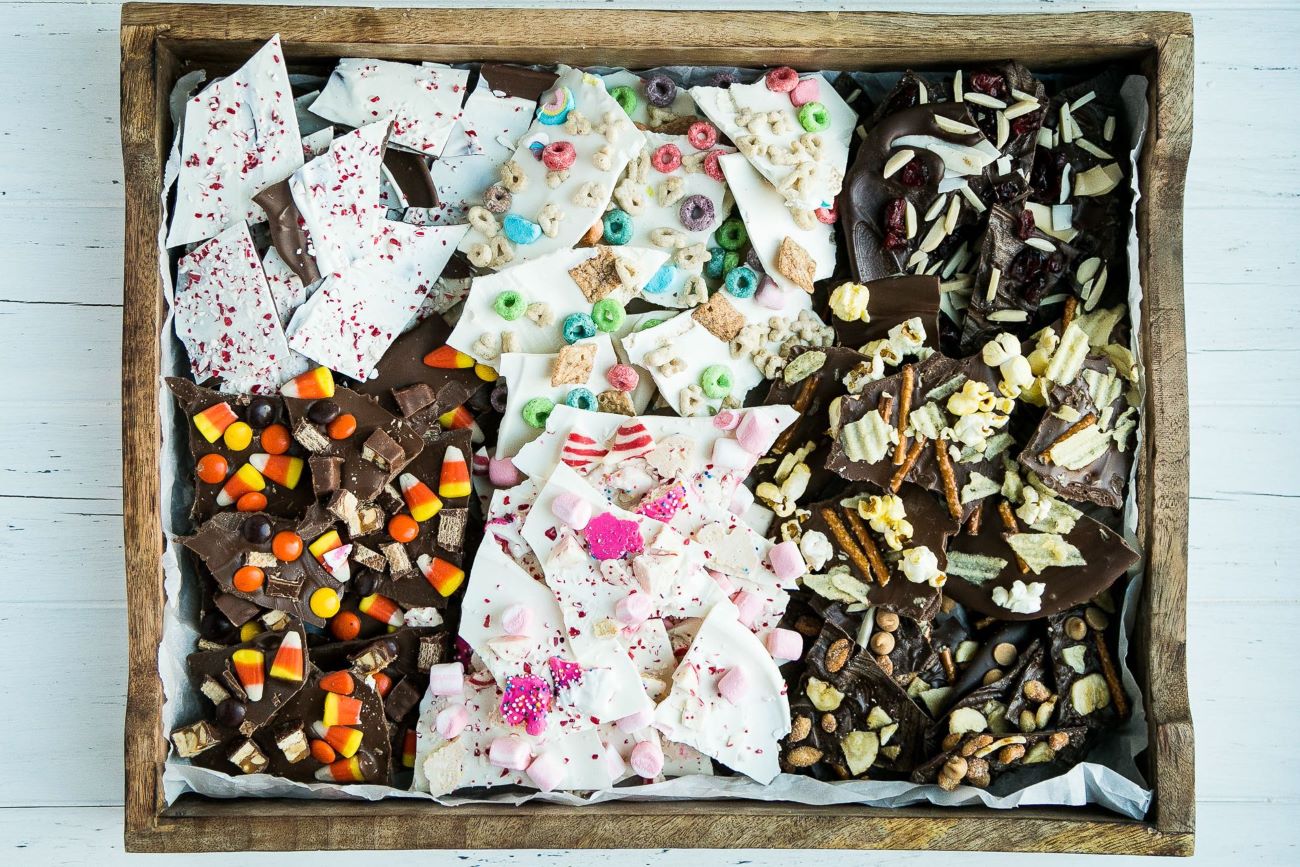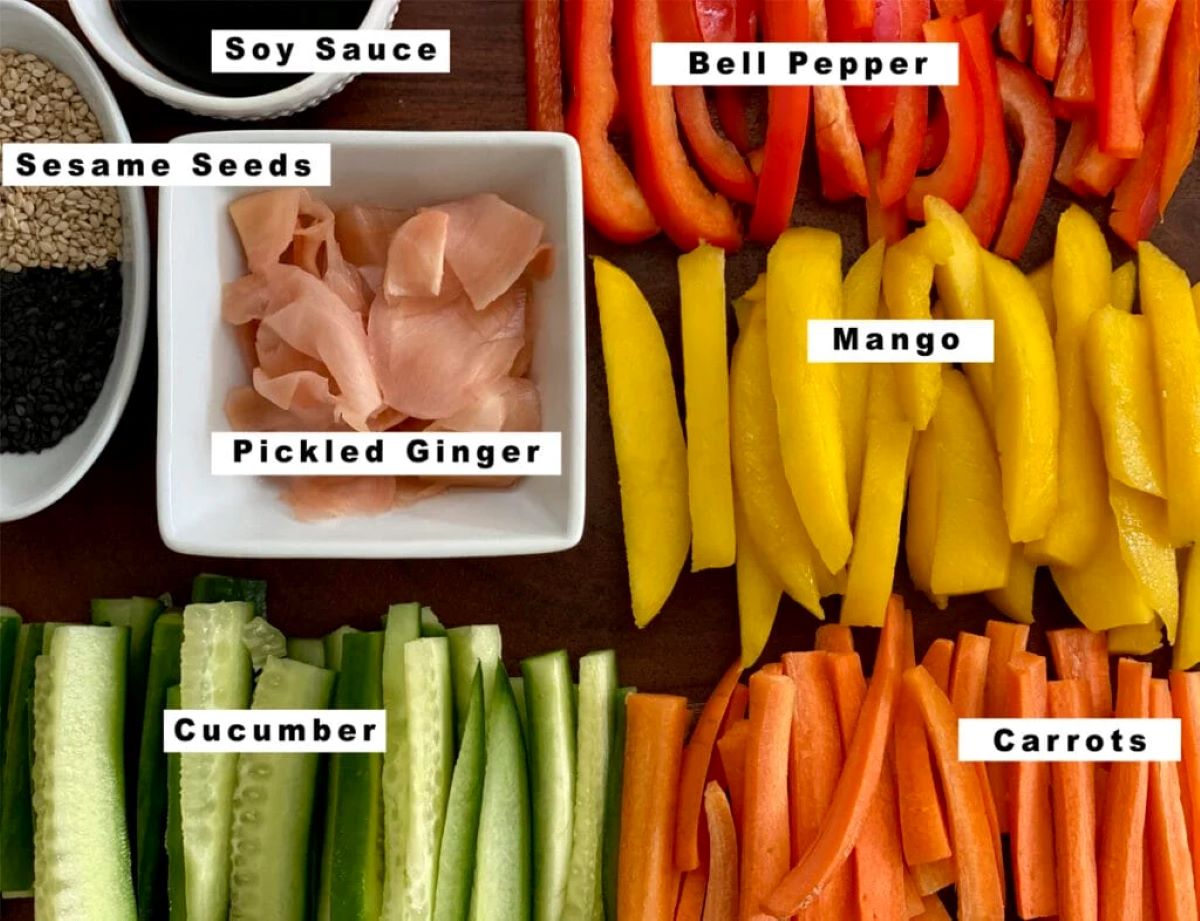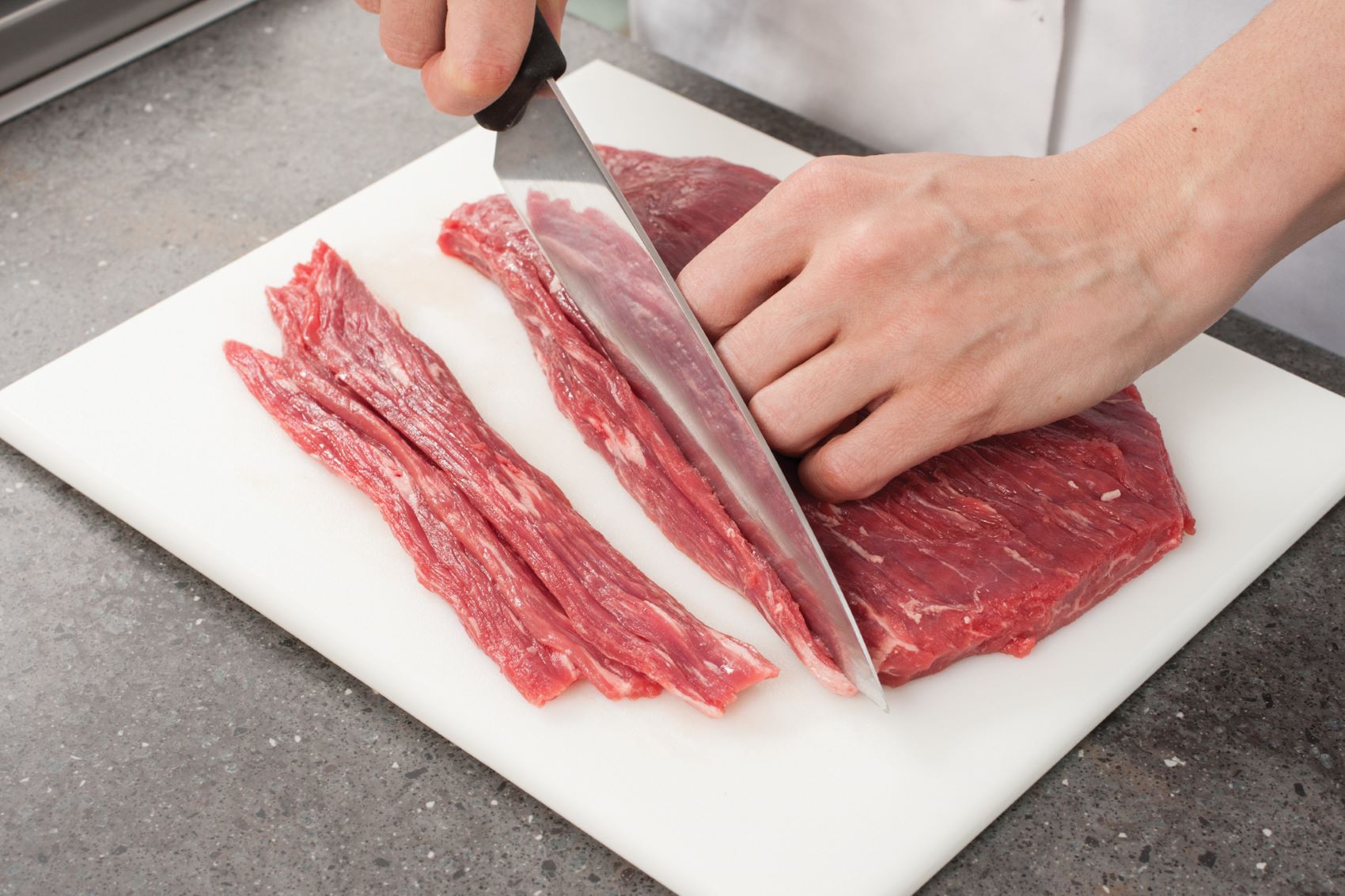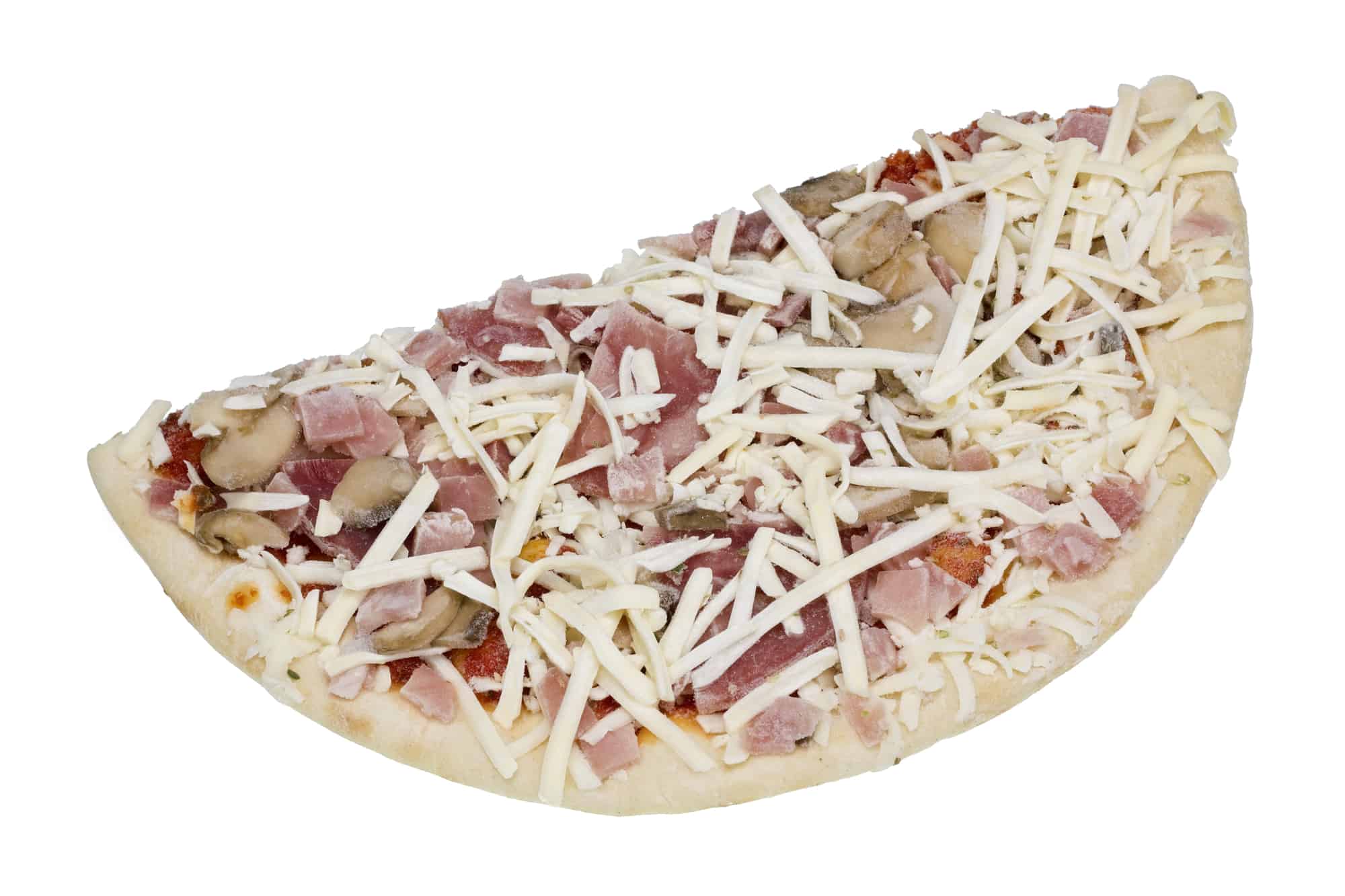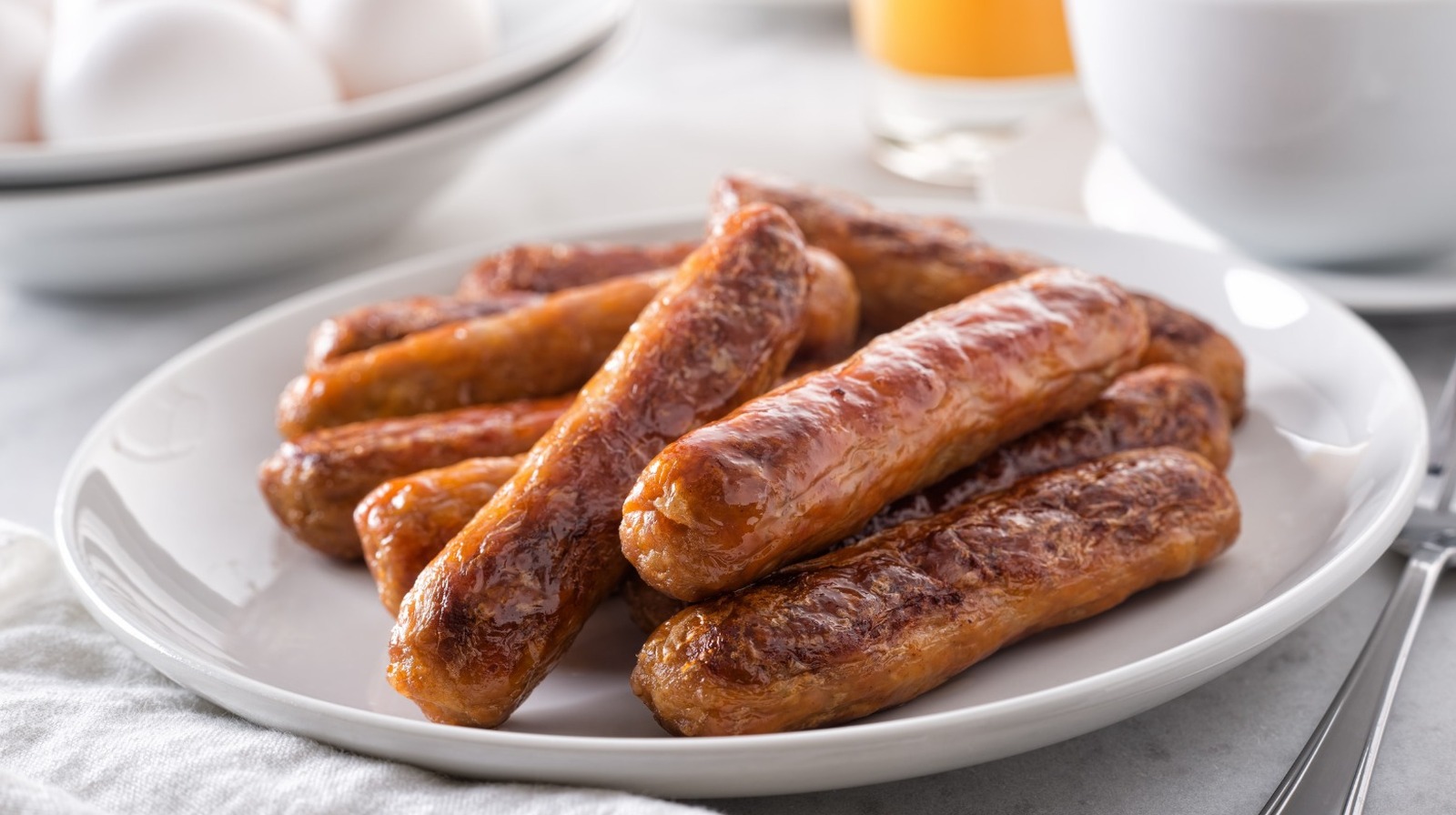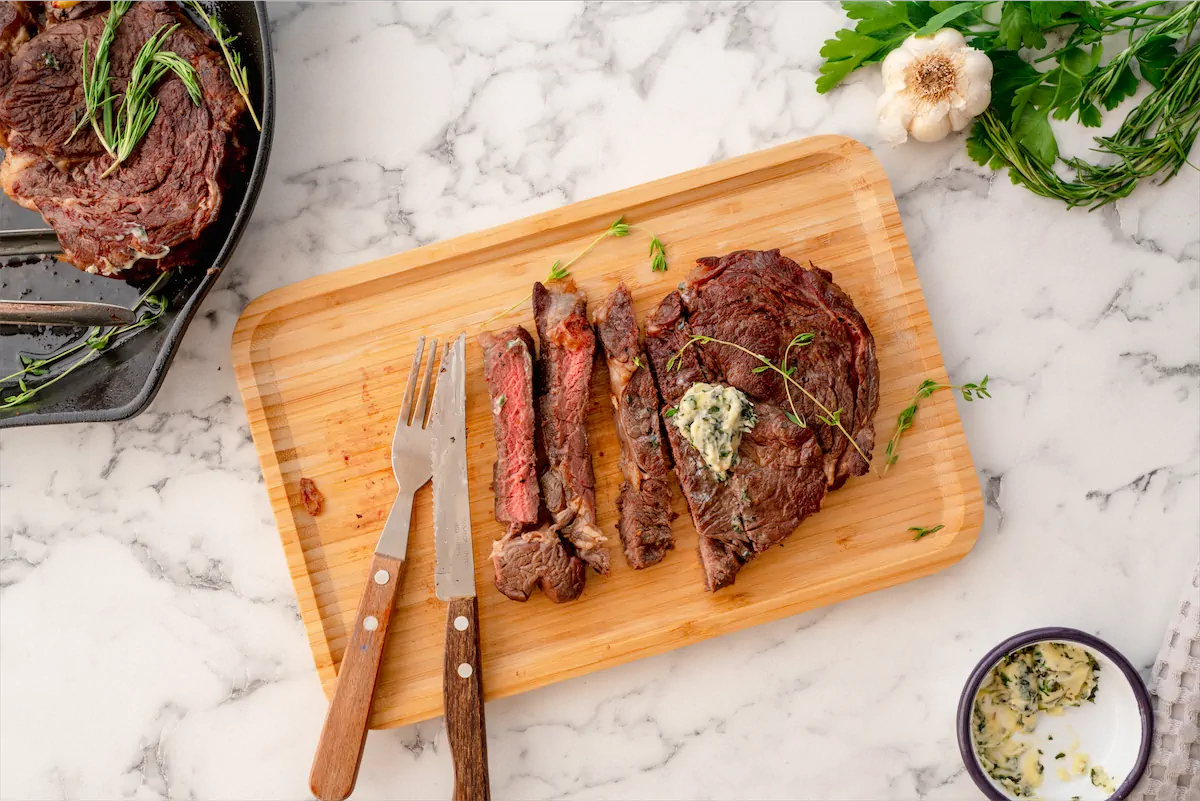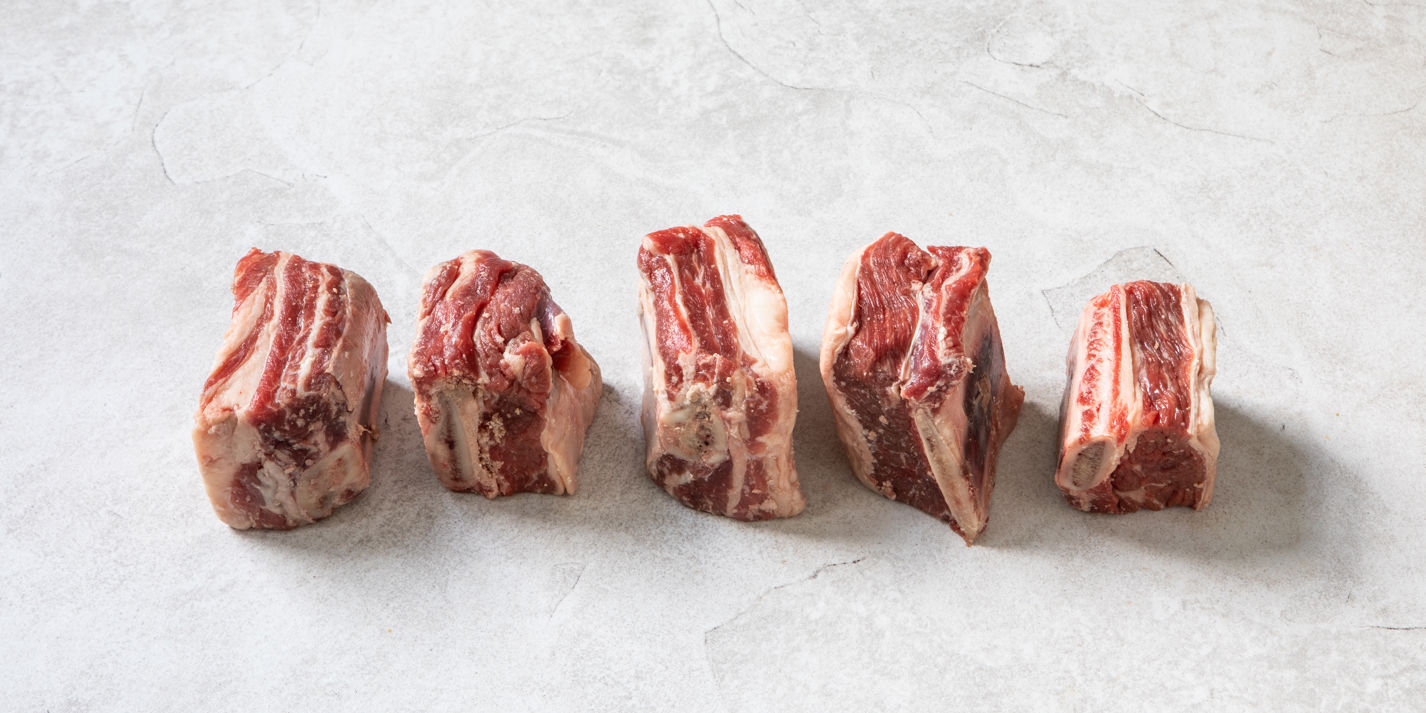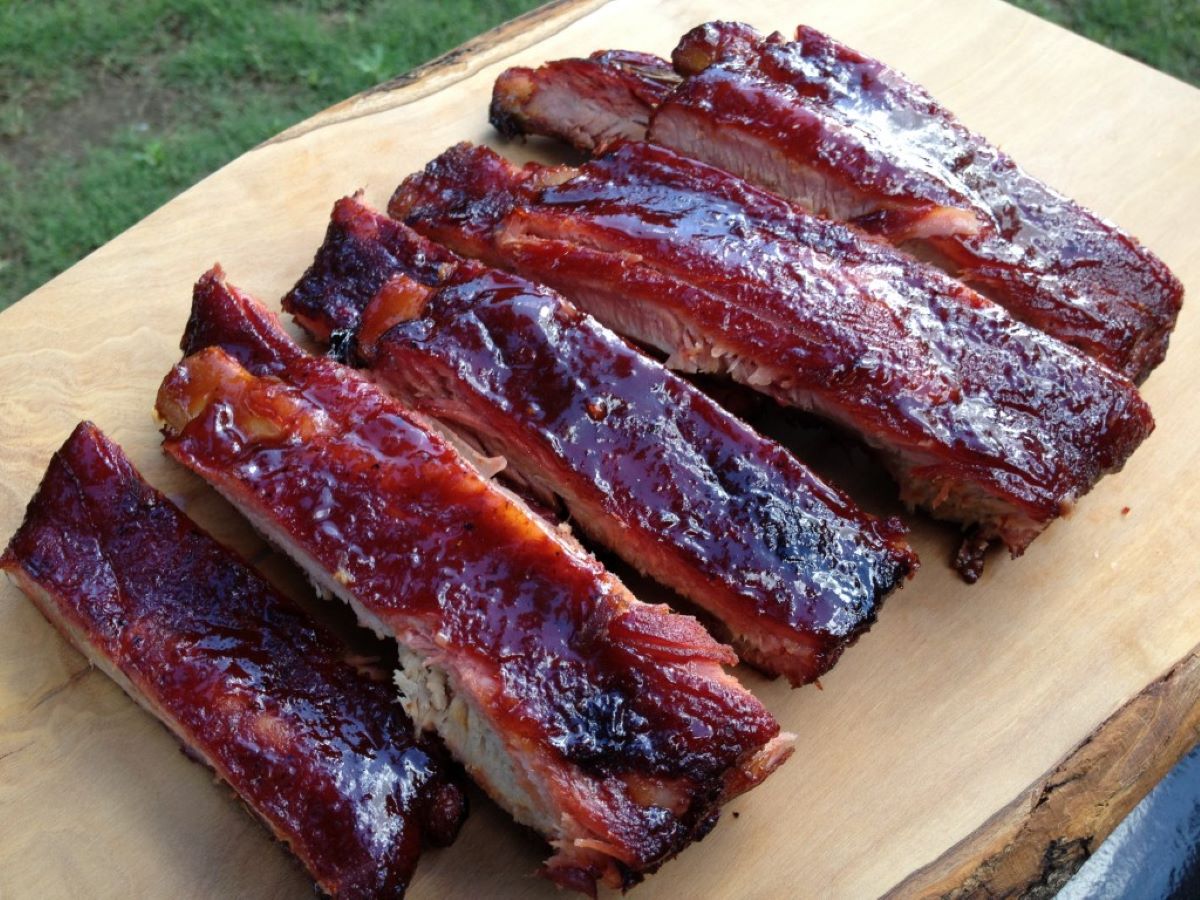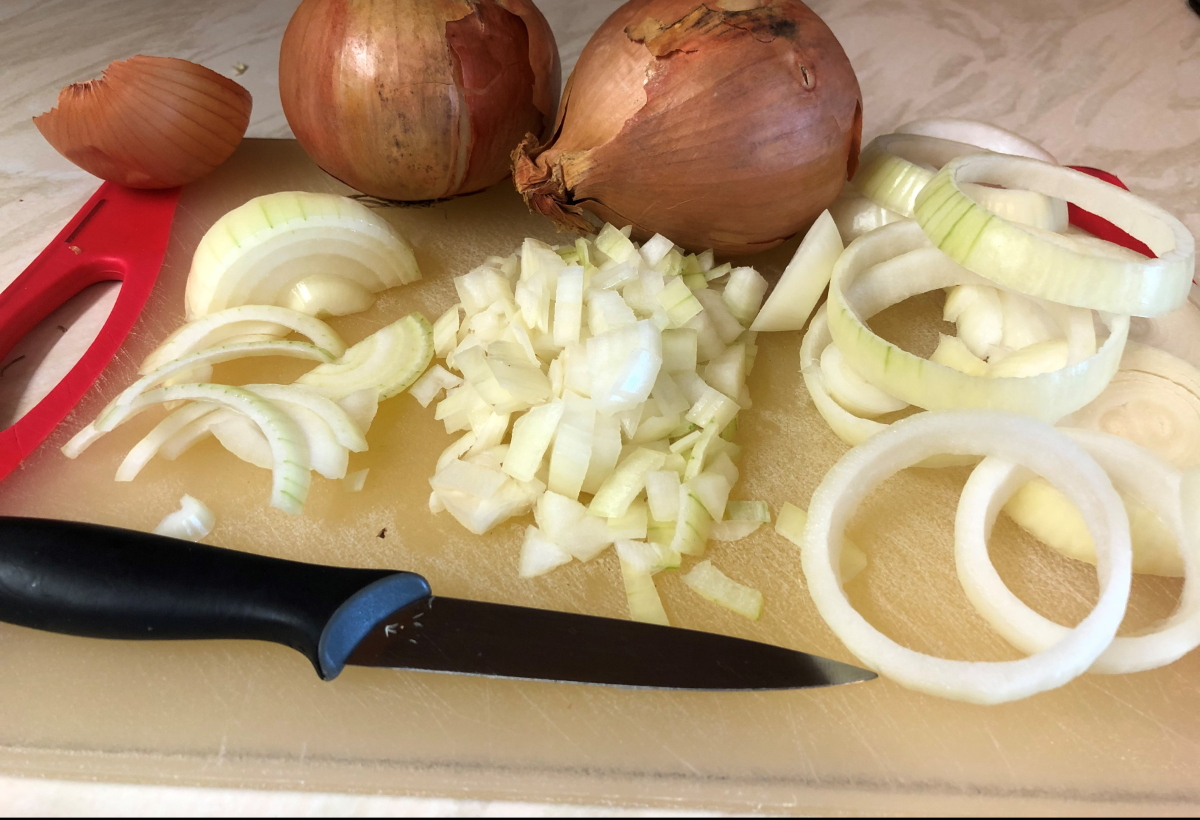How To Cut Bones Off Prime Rib Roast Before Cooking
If you’re a fan of succulent and tender prime rib roast, you know that the proper preparation can truly elevate this classic dish. One essential step in preparing a prime rib roast is removing the bones before cooking. In this article, we will guide you through the process of effortlessly cutting the bones off a prime rib roast to ensure a seamless cooking experience.
Tools You’ll Need:
- Sharp and sturdy boning knife
- Cutting board
Step-by-Step Guide:
- Prepare Your Workstation: Begin by ensuring your cutting board is clean and stable. Place it on a flat surface with enough space for easy maneuvering.
- Position the Roast: Place the prime rib roast bone-side down on the cutting board. This will make it easier to access and remove the bones.
- Identify the Bones: Take a moment to identify the bones on the roast. Prime rib roasts usually have several bones running along one side. These bones are attached to the meat by a layer of connective tissue.
- Separate the Bones: Using a sharp and sturdy boning knife, carefully slide the blade between the bones and the meat. Follow the natural curve of the bones as you gently separate them from the meat. Exercise caution to avoid cutting into the meat as you work your way along the entire length of the roast.
- Remove Connective Tissue: Once you have separated the bones from the meat, you may notice some connective tissue remaining. Use the knife to carefully trim away any excess tissue, allowing for a clean and uniform appearance.
- Trim Excess Fat: While removing the bones, you may also come across excessive fat. Use the boning knife to trim away any excess fat, keeping just enough to enhance the flavor and juiciness of the roast.
- Tie the Roast: Optionally, tie the roast back together using butcher’s twine to maintain its shape and ensure even cooking. This step is particularly useful if you plan to cook the roast using a dry-heat method, such as roasting.
- Continue with Your Recipe: Now that you have successfully cut the bones off your prime rib roast, you can proceed to season it according to your taste and follow your desired cooking method.
By following these step-by-step instructions, you’ll be able to easily remove the bones from your prime rib roast, setting the stage for a flavorful and juicy centerpiece to your meal. Remember, practice makes perfect, so don’t be discouraged if it takes a few attempts to master this technique. Happy cooking!
For readers looking to utilize their newfound skills from the guide on cutting bones off a prime rib roast, there are several boneless prime rib recipes to try. They might find the Garlic and Rosemary Boneless Prime Rib particularly appealing for its classic flavors. Those interested in a more robust taste might enjoy the Boneless Prime Rib with Peppercorn Sauce. For an elegant dinner, the Boneless Prime Rib Roast with Truffle Butter offers a luxurious twist. Each of these recipes showcases how boneless prime rib can be prepared and cooked to perfection.
Was this page helpful?
Read Next: How To Cut Ahi Tuna For Sushi

